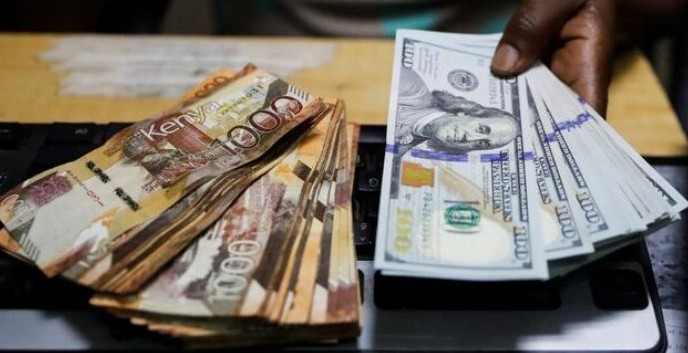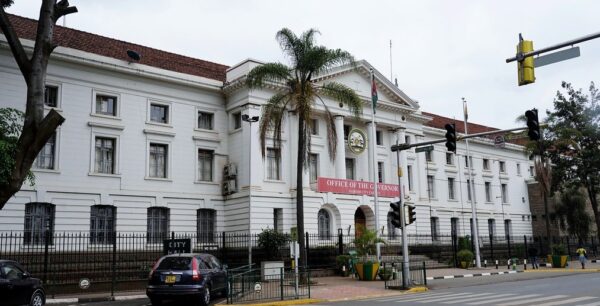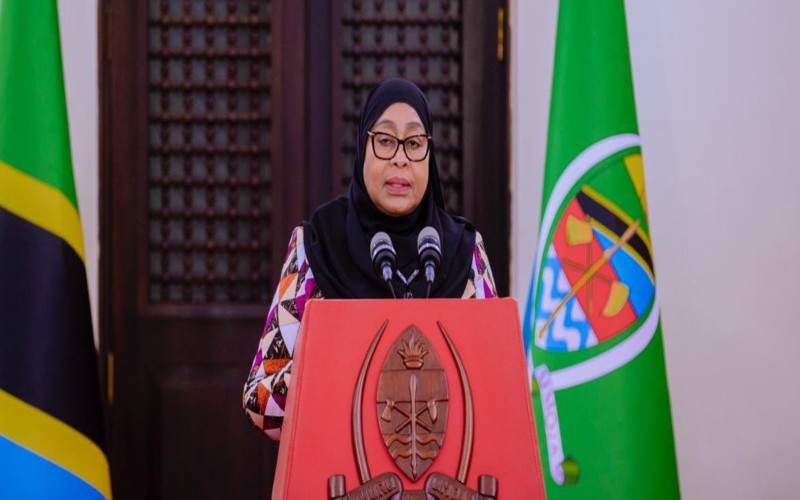Kenyan diaspora sets new remittance record this year, sending Sh57 billion in May

The new record surpasses January’s total of $427.4 million (Sh55.2 billion), which had been the highest in the past five months.
Money from Kenyans living and working abroad hit a new high in May, reaching $440.1 million (Sh56.9 billion), the highest monthly figure so far this year.
The new record surpasses January’s total of $427.4 million (Sh55.2 billion), which had been the highest in the past five months.
More To Read
- Diaspora remittances from Saudi Arabia fall to four-year low after new work permit rules
- Side hustles gain ground as stagnant salaries push youth to rethink work
- Diaspora remittances to Kenya rise by Sh15 billion in nine months
- Remittances from Australia to Kenya overtake Saudi Arabia and Germany, soar by 48 per cent in six months to Sh14.58 billion
- Foreign workers in Kenya remitted home Sh91 billion - CBK
- Kenyans sent home Sh325 billion in first half of 2025 amid US tax fears
Notably, the May inflows mark a 4.1 per cent increase from the $422.9 million (Sh54.7 billion) recorded in the previous month.
On a year-on-year basis, the country has seen a significant surge in remittance inflows.
The cumulative amount sent home in the 12 months to May 2025 has risen to $5.03 billion (Sh650.6 billion), an 11.6 per cent jump compared to the $4.51 billion (Sh583 billion) received over the same period in 2024.
According to the Central Bank of Kenya (CBK), the sustained growth continues to play a key role in strengthening Kenya’s current account and stabilising the foreign exchange market.
“The United States contributed 57 per cent of total remittances in May 2025, and maintained its position as the main source country for remittances to Kenya,” CBK says in the weekly bulletin.
Since 2015, diaspora remittances have emerged as Kenya’s leading source of foreign exchange, surpassing traditional earners such as tourism, foreign direct investment and key agricultural exports like tea and horticulture.
Recognising the growing significance of remittances, the government announced in February plans to introduce incentives aimed at increasing annual inflows to at least Sh1 trillion by 2027.
This is aimed at strengthening the country's foreign exchange reserves, which in turn cushions consumers by ensuring importers have adequate reserves for essential goods.
A stronger reserve position also boosts the local currency against the dollar, ultimately reducing the cost of imports.
Official figures show the country’s reserves stood at $10,913 million (Sh1.4 trillion) as of June 19, providing 4.8 months of import cover.
“This meets the CBK’s statutory requirement to endeavour to maintain at least 4 months of import cover,” CBK adds in the bulletin.
Remittances have played a crucial role in supporting household consumption and driving investments in key sectors such as real estate, education and healthcare.
An analysis by WorldRemit indicates that education, healthcare and household needs are the primary uses of remittances in Kenya.
There has also been an uptick in investments in real estate and the capital market, with the US, Canada, and the UK being the top sources of these funds.
Top Stories Today













































